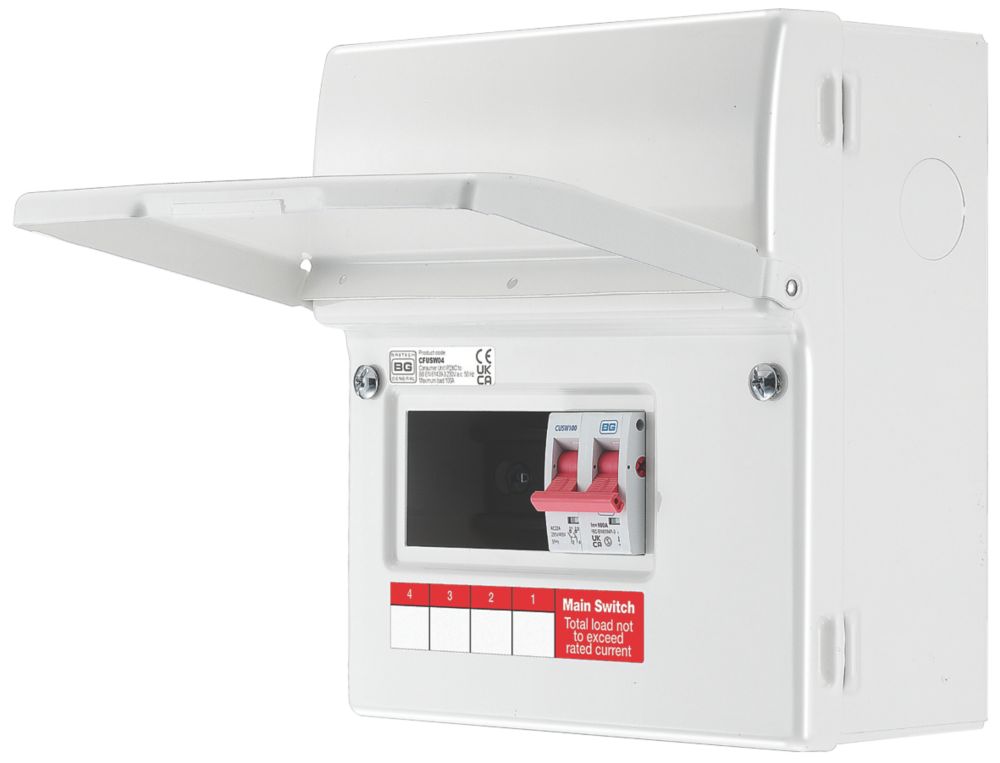Will probably go for one of these:

 www.screwfix.com
www.screwfix.com
Gives me a 6A for lighting, 16A sockets, 16A outdoor and 16A split AC unit. I'll wire that into workshop with new SWA 6mm given it's such a short run. It's all on a 13amp spur at the moment anyway, but then when I come to upgrade the SWA to the workshop, I can put in a proper CU that allows solar/batteries etc. Means I don't need to touch the house CU which I was worried about - I had just upgraded it and then learnt solar may need 2 or even 3 extras (I only allowed 1) and potentially need one for an EV in the future.

British General Fortress 6-Module 4-Way Part-Populated Main Switch Consumer Unit - Screwfix
Order online at Screwfix.com. Ready for MCB or RCBO circuits. Features integrated spirit level, all internal cables, terminals, busbar, labels and blanks. Modern, stylish design and profile with flexible circuit combinations. Fast, easy installation with backed-out, retained terminal screws and...
Gives me a 6A for lighting, 16A sockets, 16A outdoor and 16A split AC unit. I'll wire that into workshop with new SWA 6mm given it's such a short run. It's all on a 13amp spur at the moment anyway, but then when I come to upgrade the SWA to the workshop, I can put in a proper CU that allows solar/batteries etc. Means I don't need to touch the house CU which I was worried about - I had just upgraded it and then learnt solar may need 2 or even 3 extras (I only allowed 1) and potentially need one for an EV in the future.
Last edited:





